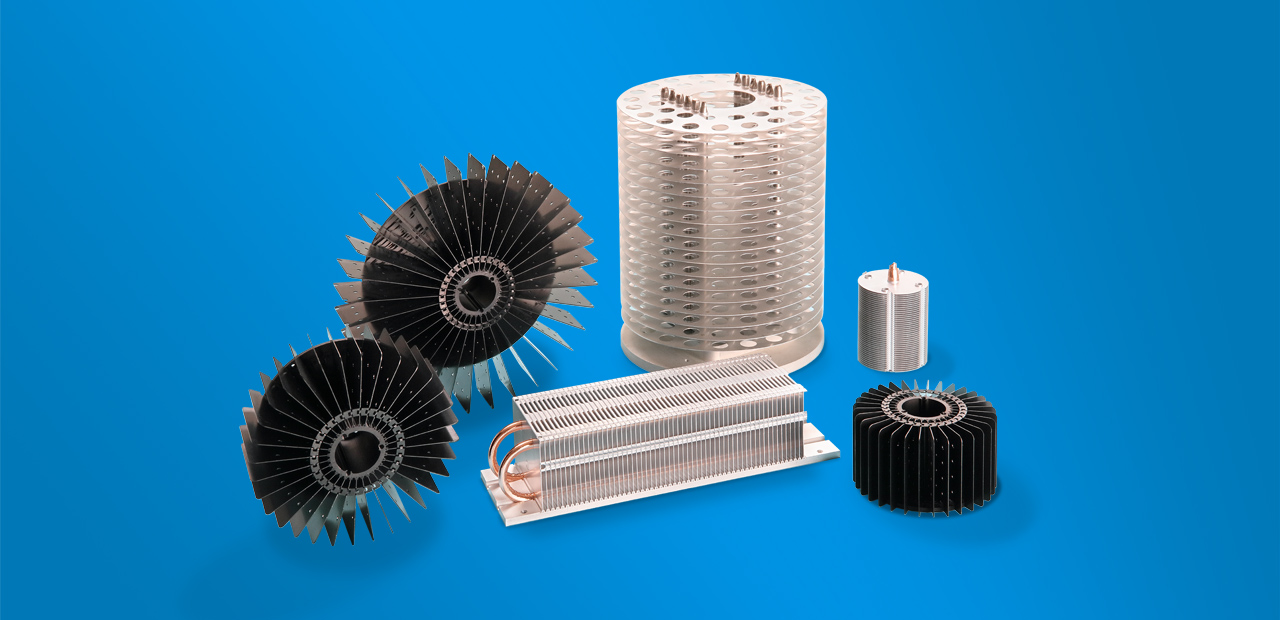Mesh / Fiber Wicks
Mesh or fiber wicks use a weave of either metallic or non-metallic material wrapped and pressed or otherwise bonded against the heat pipe wall. The number of wraps, the spacing of the mesh and the gap between each wrap of material can affect the porosity and thermal conductivity of this wick type. Much like sintered wicks, a mandrel is used to insert the mesh or fiber, along with a spring to hold non-metallic wicks in place against the pipe wall.
The use of mesh or fiber is very cost-effective, and is suitable for miniaturized applications in which other wick types are not as effective. Its simple design allows for modifications to increase liquid flow, such as adding stand-offs from the heat pipe wall to create open channels for the liquid return.
The advantage to mesh or fiber wicks is the very thin or flattened shape, which offers a high performance-to-cost ratio. It is also affected by orientation, though not as much as the grooved heat pipe. Novark uses a copper fiber weave for its Ultra-Thin Heat Pipes. The Ultra-Thin Heat Pipes are used in mobile devices like smartphones, ultra-thin laptops, and tablets.

